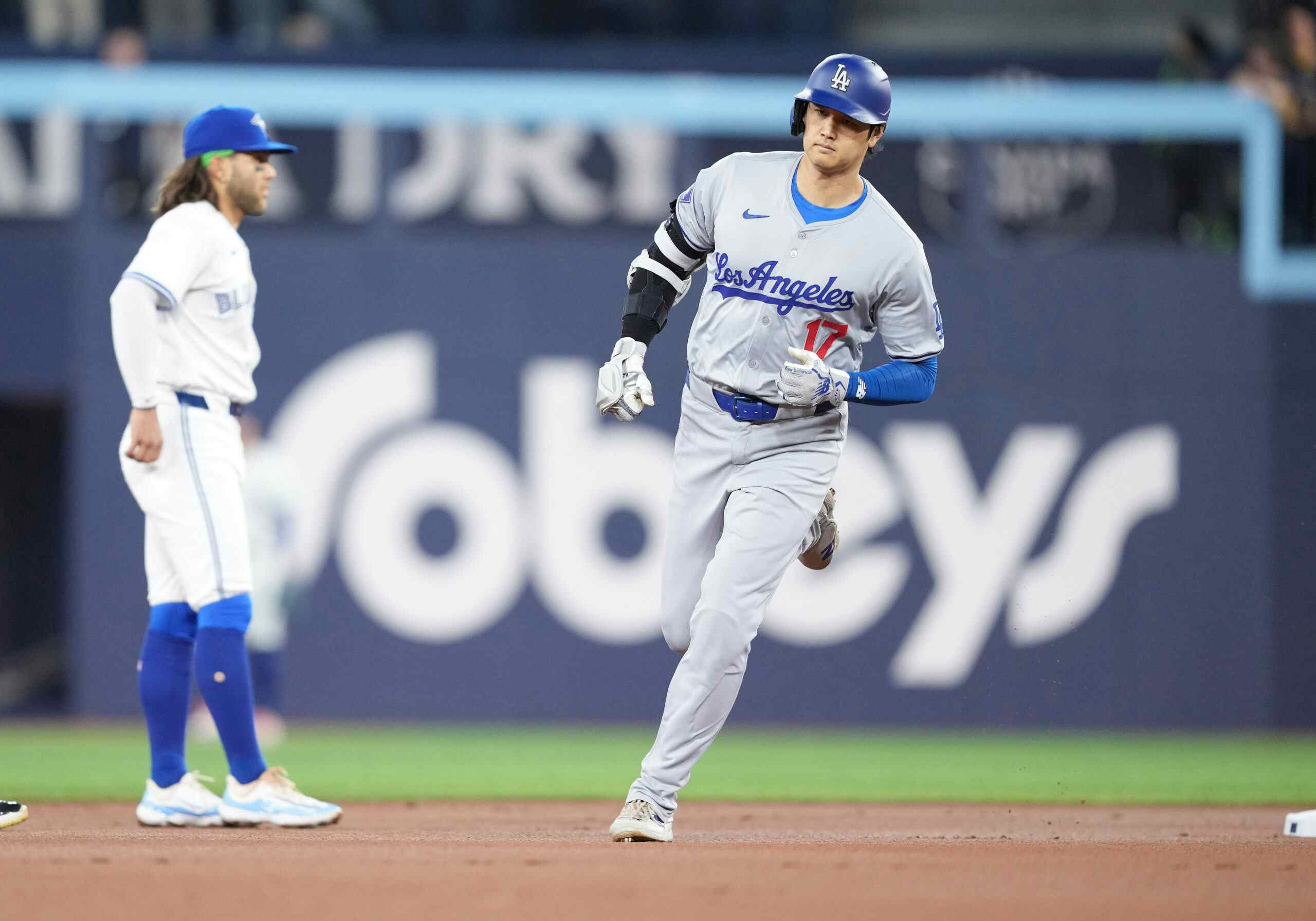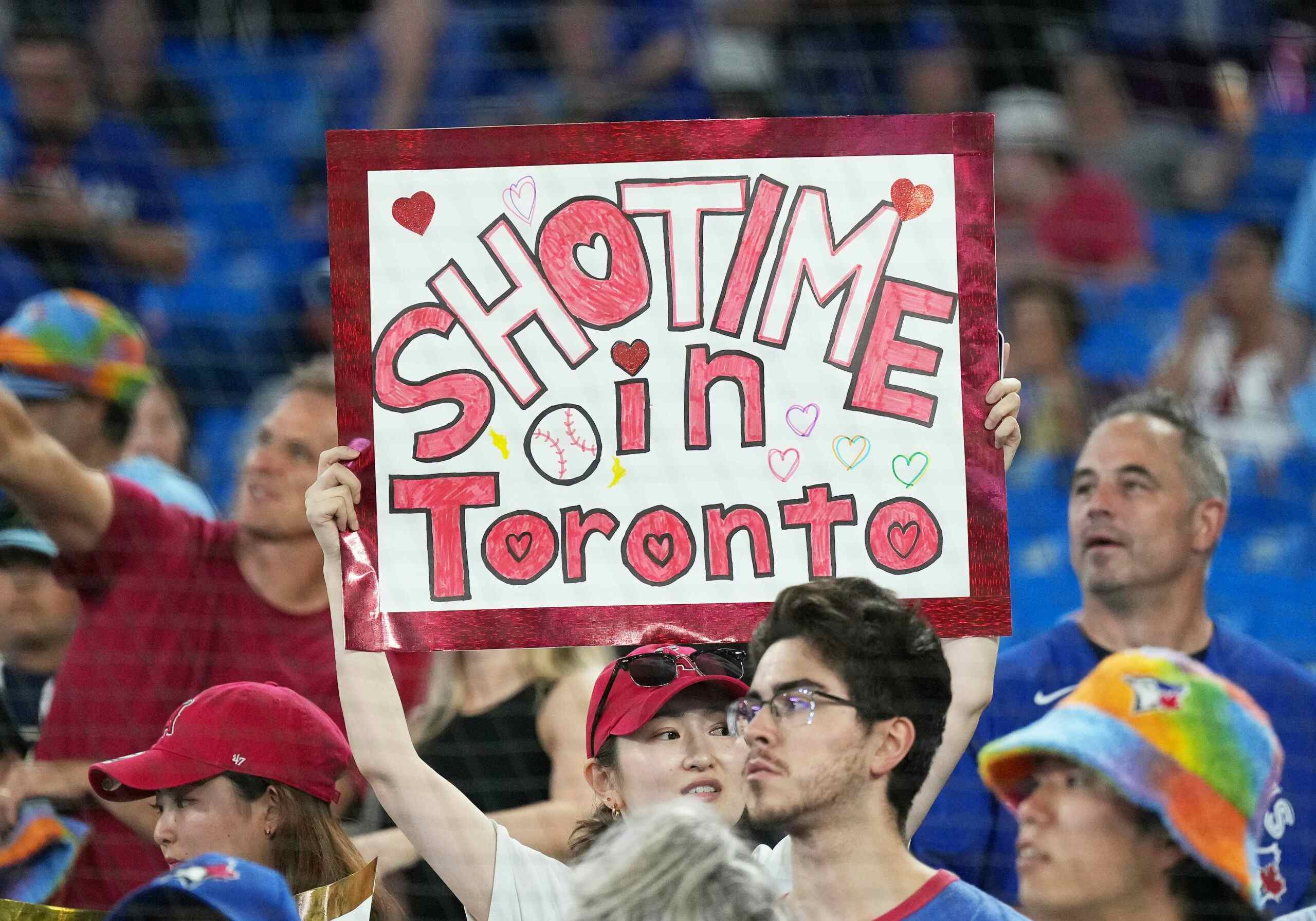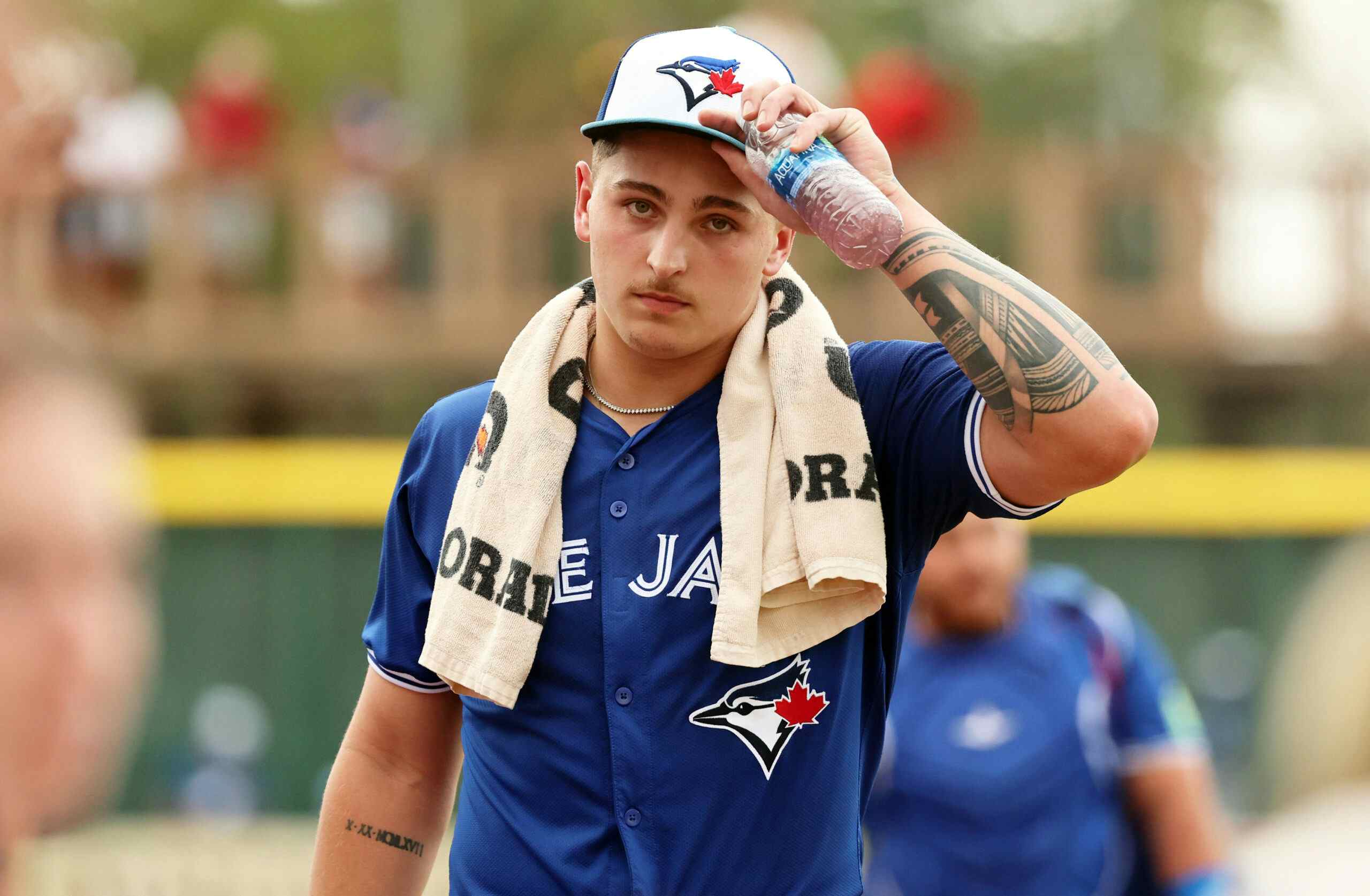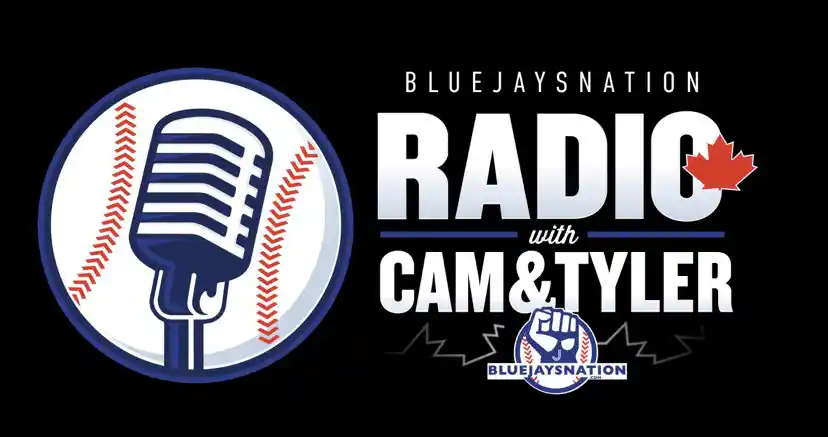The Blue Jays Need to Upgrade The Middle of The Infield Because Betting on Tulo And Travis’ Health is Dangerous

By Cam Lewis
6 years agoThis is one part of an off-season series that reviews how the Blue Jays did position-by-position in 2017 and how they look heading into 2018.
When healthy, the Jays have a pretty strong middle infield. Troy Tulowitzki isn’t the superstar he once was, but he’s still a good player. Devon Travis is an excellent offensive catalyst, but has had a hell of a time staying on the field.
Last season, the middle of the infield wasn’t healthy. Tulo and Travis missed a good chunk of 2017 and as a result, the Jays had to roll with Darwin Barney and Ryan Goins much more than they’d have liked to. It’s a complicated situation to deal with, but heading into 2018, the Jays simply can’t rely on the idea of both Tulo and Travis being healthy for the entire season.

What went down last season
The Blue Jays went into the 2017 season with Troy Tulowitzki and Devon Travis set to man the middle infield. Behind them, the Jays had Darwin Barney and Ryan Goins as the fallback net. Of course, the less Barney and Goins played, the better. But, while we hate to call players injury prone because it’s kind of a vague blanket concept, Tulo and Travis have notoriously had a difficult time staying on the field.
Tulo made it just over two weeks before making his first trip to the disabled list. In a game in Anaheim against the Angels, he slid into third base and strained his hamstring. He ended up staying on the shelf until late May.
Travis suffered a knee injury during the 2016 playoffs and it lingered all the way into Spring Training. He didn’t get into a Grapefruit game until late March but was ready to go on Opening Day. He came in and out of the lineup the first few weeks of the season because of the knee injury and got off to a putrid start offensively. At the end of April, Travis had made 83 plate appearances but only mustered a .388 OPS.
But in May, Travis completely turned things around. He became a major catalyst on a team struggling through injuries to Tulowitzki and Josh Donaldson, posting a 1.109 OPS over 26 games in May. In early June, Travis took a pitch on the wrist in a game against the Yankees and was sidelined for a few games. He ended up going on the disabled list, but it wasn’t because of the wrist injury. It was the bone bruise in his knee. The injury would ultimately end Travis’ season after just 50 games. In the midst of what appeared to be a breakout performance, it was heartbreaking watching Travis have to go back on the shelf.
Tulo re-joined the team in late May about a week before Travis hit the disabled list. He would play in 50 games before suffering a season-ending injury in late July running out a ground ball to first base. While Travis’ injury was something that had lingered for months and appears to be a larger issue, Tulo’s was ultimately just an unfortunate freak accident.
All told, Tulo played in 66 games and posted a .678 OPS with seven home runs. He was replacement level largely because of his rock solid defence. Travis played in 50 games and posted a .729 OPS with five homers. He was worth 0.6 wins above replacement, seventh among position players on the team.
So with Travis and Tulo missing the majority of the season, the Jays had to endure the nightmare scenario of rolling out Barney and Goins as their everyday middle infield. Goins played in 143 games and was worth -0.3 wins. Barney played in 129 games and was worth -0.6 wins. Both were terrible with the bat, but predictably made up a decent amount of value with good defensive play.
They Jays also acquired Rob Refsnyder, a former top prospect in the Yankees system, in a trade mid-season. Despite posting strong numbers in Triple-A, Refsnyder was invisible at the Major League level. The Jays also gave a lot of playing time to Richard Urena once rosters expanded in September. He had some flashes with the stick and was strong defensively, but was ultimately just below replacement level during his showing.
Long story short, the middle infield was a disaster for the Blue Jays last season. Before the season, we knew that if Tulo and Travis couldn’t play the majority of the season things would go south. And, well, that’s exactly what happened.
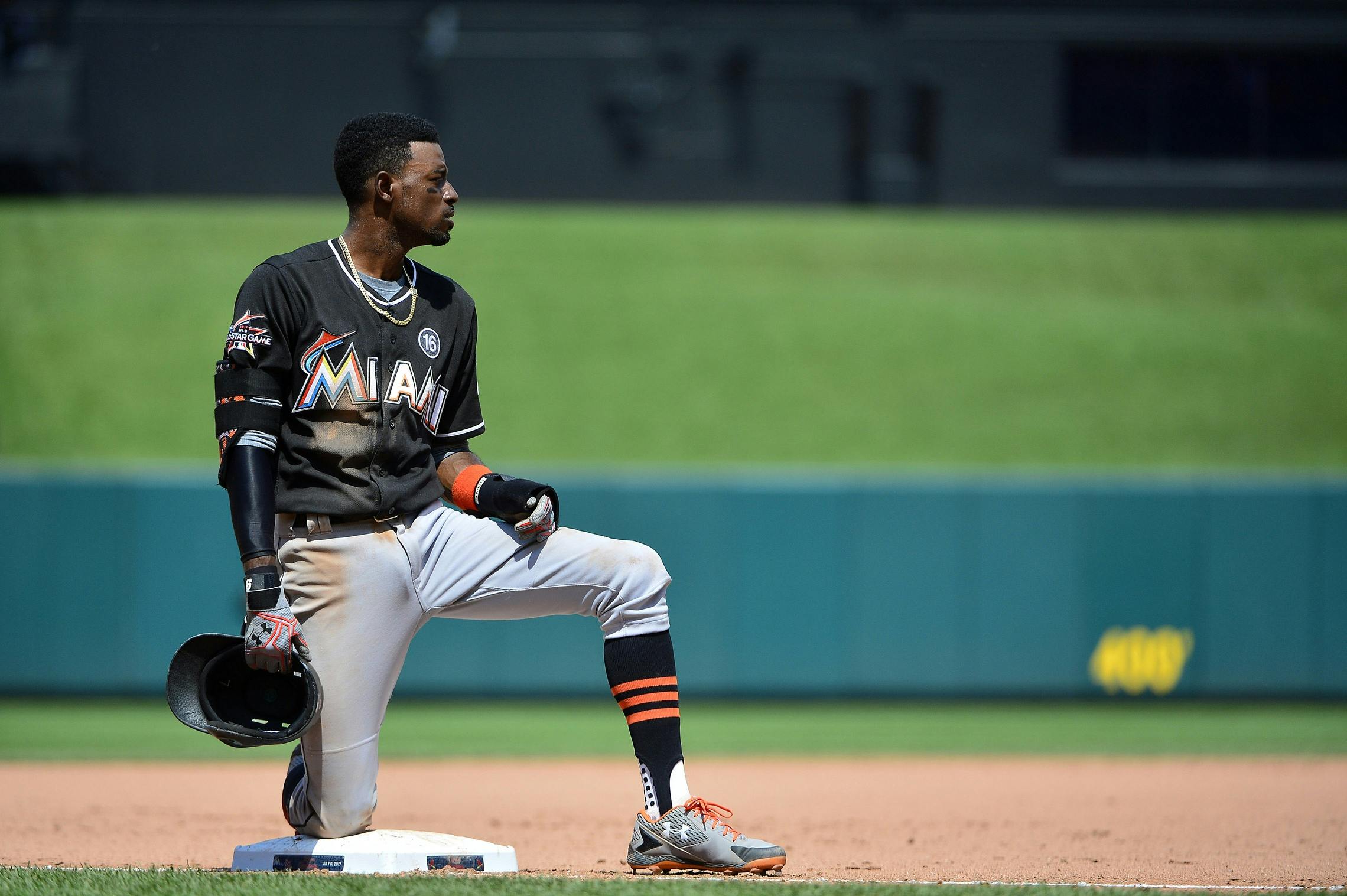
What to expect next season
When healthy, Tulo and Travis represent the makings of a formidable middle infield. Tulo clearly isn’t the superstar he was in Colorado, but in 2016, the two of them played 131 and 101 games and were worth 3.3 and 2.9 wins respectively. Far from elite, but certainly good enough to help a team make the playoffs.
But can you expect them to be healthy?
Tulo is a weird conundrum because he hasn’t really had some kind of nagging injury that’s messed with him year after year. Last season he had the hamstring pull and then the ankle injury that ended his season. In 2016, he missed time with a strained quad, and in 2015 he went on the disabled list after slamming into Kevin Pillar. In 2014, Tulo had season-ending hip surgery. That’s probably been a key reason for his decline, but it hasn’t played a role in keeping him off the field the past three seasons.
Travis is more worrying because, I mean, as much as we like to avoid the blanket concept of a dude being injury prone, he kind of is. Travis has been in the Major Leagues for three years and he’s played 213 games. When he’s healthy, he really is a fantastic player. But he’s played 62, 101, and 50 games in his three seasons and multiple times he’s had something seemingly not-so-major become, well, major. The shoulder injury in 2015 was supposed to last a few weeks and it ended his season. The knee injury in the 2016 playoffs, uh, certainly wasn’t supposed to gutter his 2017 season.
I mentioned this in an earlier article, but having Kendrys Morales locking up the designated hitter slot really makes this already-difficult situation all the more challenging. Without Morales, the Jays could acquire a multi-position infielder and give Travis and Tulo (and hell, Josh Donaldson, too) some time off the field at DH. But unless the front office finds a way to erase that contract, the Jays are stuck with a need to upgrade the middle infield and an enigmatic but talented option without a place to play.
Because there’s no way the team can roll into 2018 with Tulo, Travis, and Goins and expect it all to work out. Adding a player who can play both shortstop and second base all while providing a little bit with the bat would be huge. At the very least, the Jays need to add someone who can play second base every day and provide offensively in the event Travis misses a good chunk of time again.
Lourdes Gurriel is an interesting option because he plays a variety of different positions, including the middle infield. He has a nice profile as a prospect, but his first season in the organization was largely derailed by injury. Expecting him to be ready in 2018 isn’t really realistic. Urena was decent in his September cup of coffee, but really needs a full season at Triple-A before he’s an option. So, realistically, this hole isn’t going to be filled internally. I mean, unless Bo Bichette comes and slams the door down, of course.
There isn’t really a thrilling group of players available in free agency. Neil Walker, Eduardo Nunez, and Zack Cozart are names that fit the profile here, but, considering the lack of options available, will be pricey. The option that seems to make the most sense is Dee Gordon, a second baseman in Miami who’s locked up to a reasonable contract for four more seasons. The Marlins want to shed a bunch of cash, and they’re certainly going to be shopping Gordon.
However it ends up happening, the Jays need to make an upgrade in the middle of the infield. The most sensible option is to add a third every day player to the mix and move Travis to an open spot in the outfield. In that scenario, the Jays have more depth — Teoscar Hernandez, Zeke Carrera, Anthony Alford, and so on — to navigate a Travis injury than they do up the middle. Then, in the event of an injury to the second baseman, Travis becomes your in-house insurance net.
It’s a weird situation.
Previously…
Recent articles from Cam Lewis


